A Black Hole 4.5 billion times BIGGER than our Sun? This is what NASA Hubble Space Telescope just found
A galaxy called M60 has a huge black hole at its center and that's about 4.5 billion times as massive as our Sun. Know what NASA says.
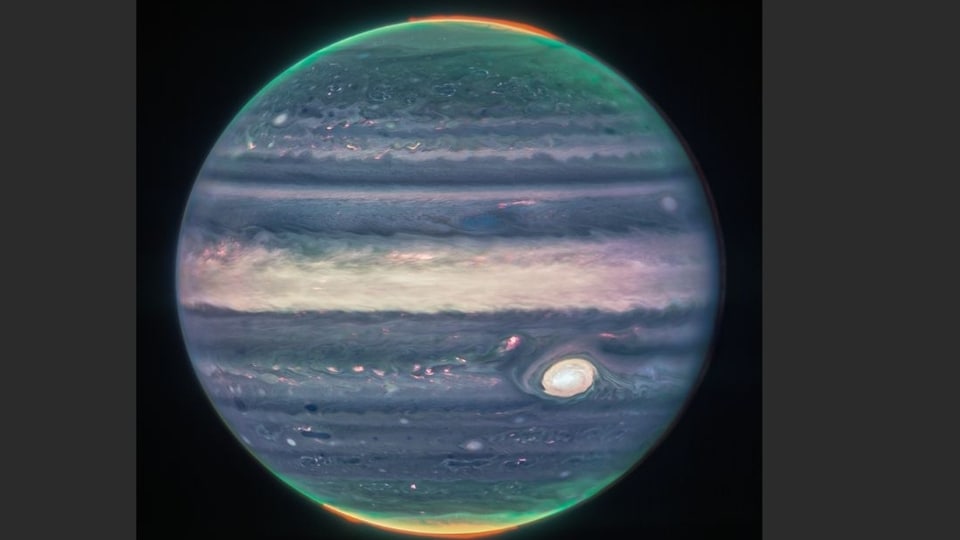
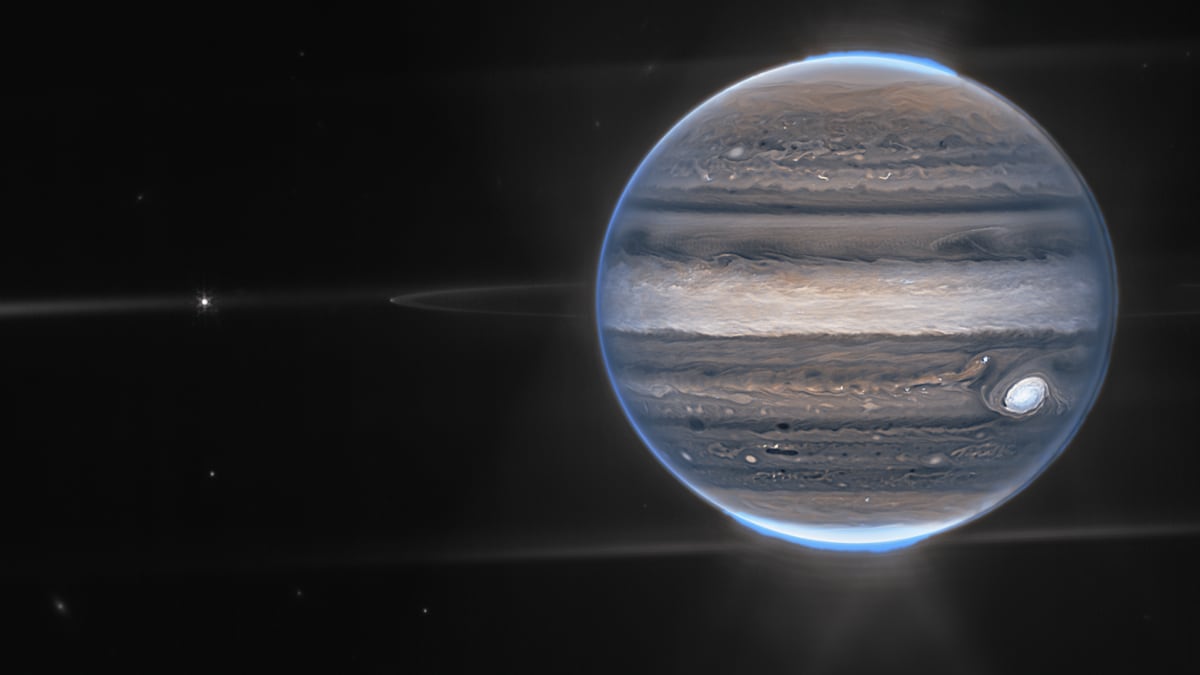
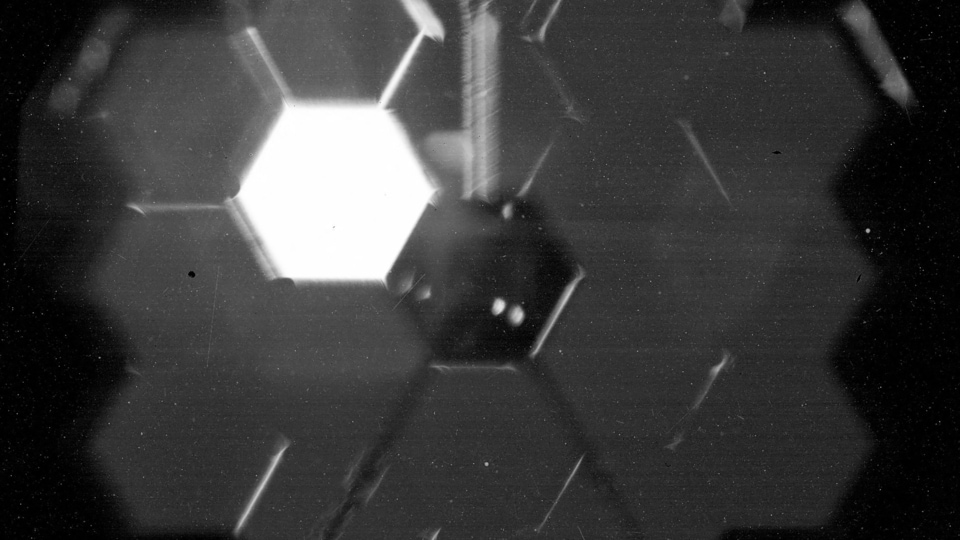
_1661230453587.jpg)
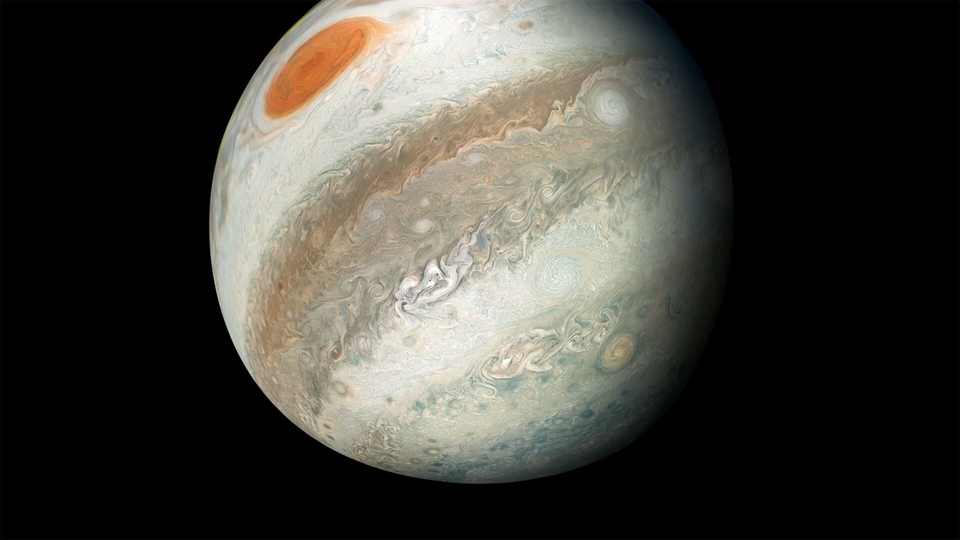
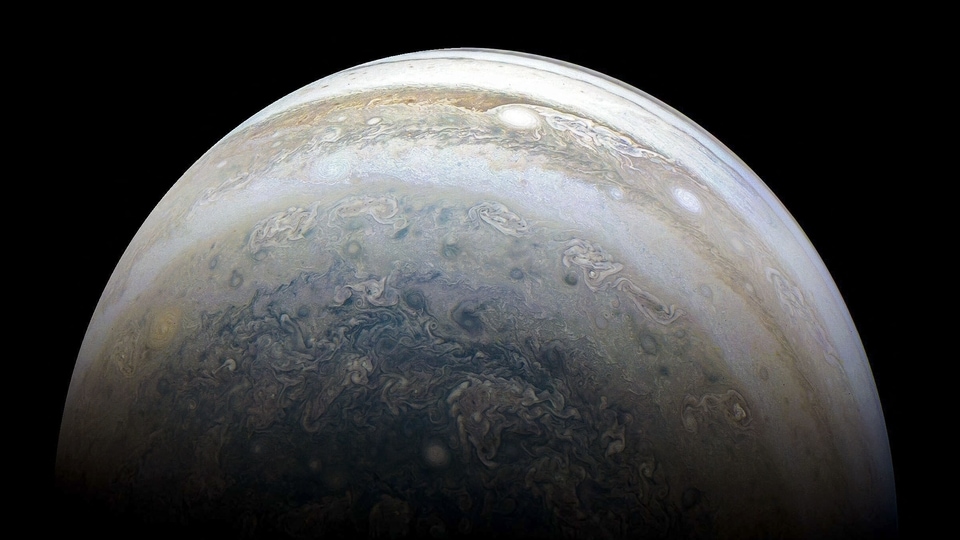

 View all Images
View all ImagesScientists and researchers have been trying to find more information regarding the terrifying black holes that seem to be all around in space destroying planets and stars at will. It can be known that a black hole is an astronomical object with a gravitational pull so strong that nothing, not even light, can escape it. It is a place of eternal pitch black darkness. So, what if we tell you that there is a galaxy which has a black hole that is so much bigger than our Sun? NASA Hubble Space Telescope has captured an image showing the galaxy called M60. The galaxy has a diameter of 1,20,000 light years and at its center lies a huge black hole that's about 4.5 billion times as massive as our Sun.
Informing about the same, NASA Hubble Space Telescope tweeted, "The diffuse, glowing elliptical galaxy seen front and center is the star of this #HubbleClassic! Called M60, the galaxy has a diameter of 120,000 light-years. At its center lies a huge black hole that's about 4.5 billion times as massive as our Sun."
The diffuse, glowing elliptical galaxy seen front and center is the star of this #HubbleClassic!
— Hubble (@NASAHubble) August 24, 2022
Called M60, the galaxy has a diameter of 120,000 light-years.
At its center lies a huge black hole that's about 4.5 billion times as massive as our Sun: https://t.co/YARN8rBqAU pic.twitter.com/3r9sePpa3D
Giving further insights about the galaxy, NASA said in a report, "The Virgo cluster is a collection of more than 1,300 galaxies, including the elliptical galaxy M60. Unlike spiral galaxies, elliptical galaxies lack an organized structure and are nearly featureless, resembling the core of a spiral galaxy. The Virgo cluster's third brightest member, M60 has a diameter of 120,000 light-years and is as massive as one trillion suns. At its center lies a huge black hole, 4.5 billion times as massive as the sun — one of the most massive black holes ever found."
In the image shared by the Hubble Space Telescope, the galaxy M60 (the large, diffuse galaxy at the center) can be seen along with the bluish spiral galaxy NGC 4647 (upper right). NGC 4647 is about two-thirds the size of M60 — or roughly the size of the Milky Way galaxy — and is much less massive. The two galaxies form a pair known as Arp 116.
According to NASA, astronomers have long tried to determine whether these two galaxies are actually interacting. Although from Earth they appear to overlap, there is no evidence of new star formation, which would be one of the clearest signs that the two galaxies are indeed interacting. However, recent studies of very detailed Hubble images suggest the onset of some tidal interaction between the two.
"Discovered by the German astronomer Johann Gottfried Keohler in 1779, M60 is located in the constellation Virgo roughly 54 million light-years from Earth. It has an apparent magnitude of 9.8, and its central region can be seen through a small telescope most easily during May. A larger telescope can reveal NGC 4647 as well," NASA added.
Catch all the Latest Tech News, Mobile News, Laptop News, Gaming news, Wearables News , How To News, also keep up with us on Whatsapp channel,Twitter, Facebook, Google News, and Instagram. For our latest videos, subscribe to our YouTube channel.
































